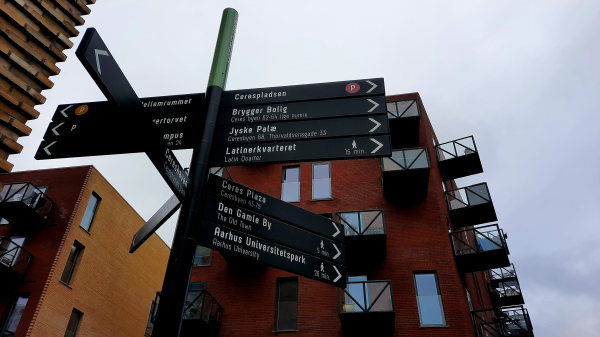Apparently there’s a conspiracy theory that 15-minute cities are urban prisons where residents must wear QR codes that track their restricted movements. As opposed to the reality: mixed-use neighbourhoods so handy that signposts can use walking minutes as the unit of distance to the library, theatres, cafés, community services, museums, parks and shops.
#Aarhus
#LiveableCities
#WeApologiseForTheConvenience
#Aarhus
#LiveableCities
#WeApologiseForTheConvenience



Ciara •
It's the kind of flagship space where you’d usually find a designer bag store. It rents drills, sack trolleys and tools by the hour. That can only make commercial sense when a city centre is not just for businesses and the rich, but for ordinary people living just around the corner in ordinary homes.
#Aarhus
#LiveableCities
Hugs4friends ♾🇺🇦 🇵🇸😷 hat dies geteilt